About ADHD
Attention-deficit/hyperactivity disorder (ADHD) is a neurodevelopmental disorder affecting 11 percent of school-age children.Medical science first documented children exhibiting inattentiveness, impulsivity and hyperactivity in 1902. With the Diagnostic and Statistical Manual, Fifth Edition (DSM-5) classification system, the disorder has been named attention-deficit/hyperactivity disorder or ADHD. ADHD is divided into three subtypes.
